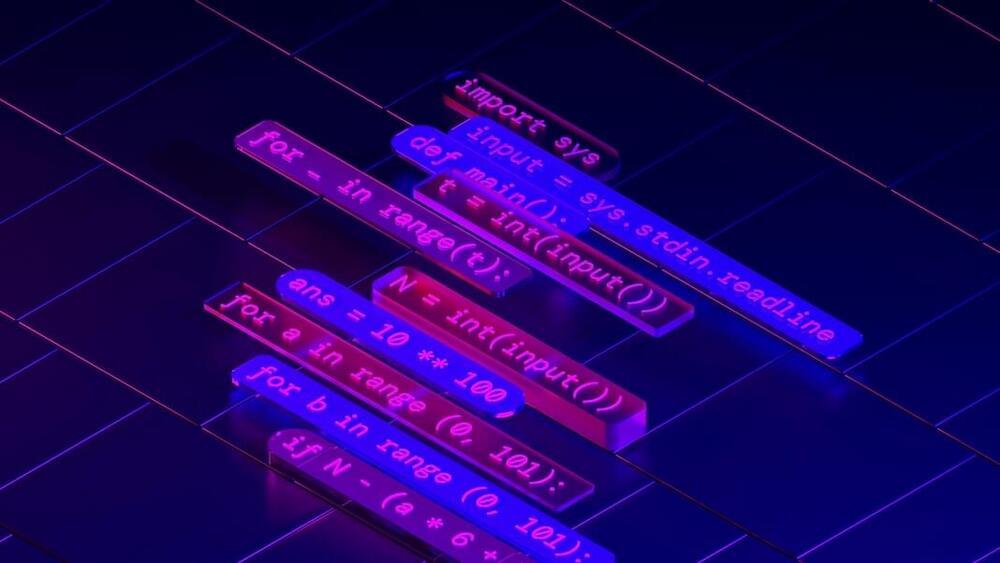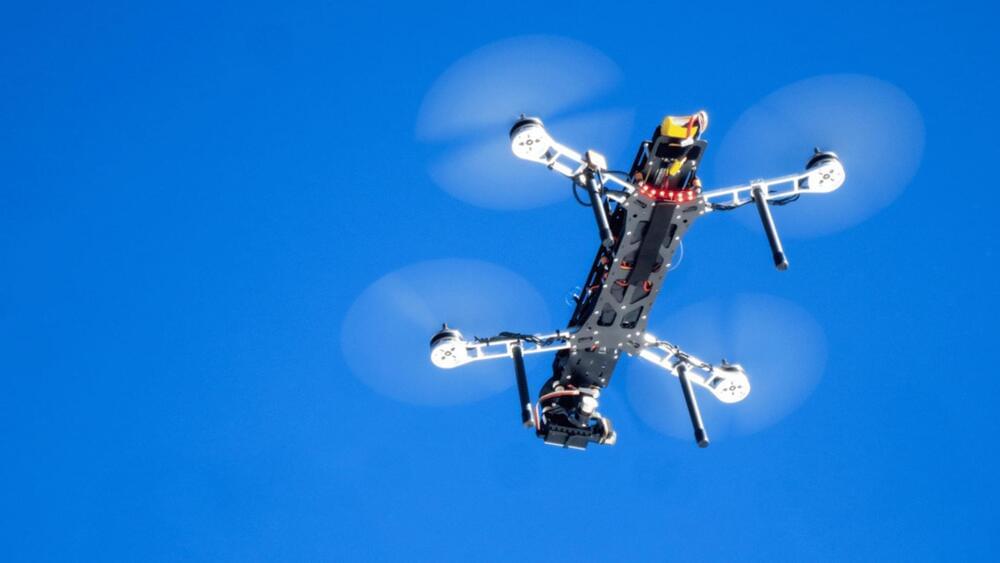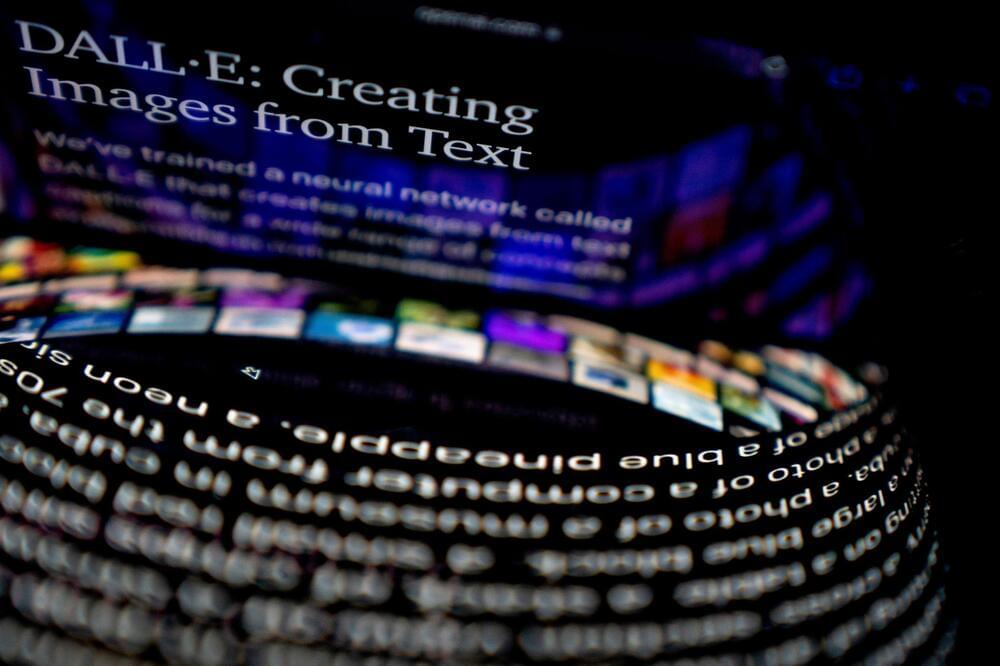“It’s very impressive, the performance they’re able to achieve on some pretty challenging problems,” said Dr. Armando Solar-Lezama at MIT, who was not involved in the research.
The problems AlphaCode tackled are far from everyday applications—think of it more as a sophisticated math tournament in school. It’s also unlikely the AI will take over programming completely, as its code is riddled with errors. But it could take over mundane tasks or offer out-of-the-box solutions that evade human programmers.
Perhaps more importantly, AlphaCode paves the road for a novel way to design AI coders: forget past experience and just listen to the data.






